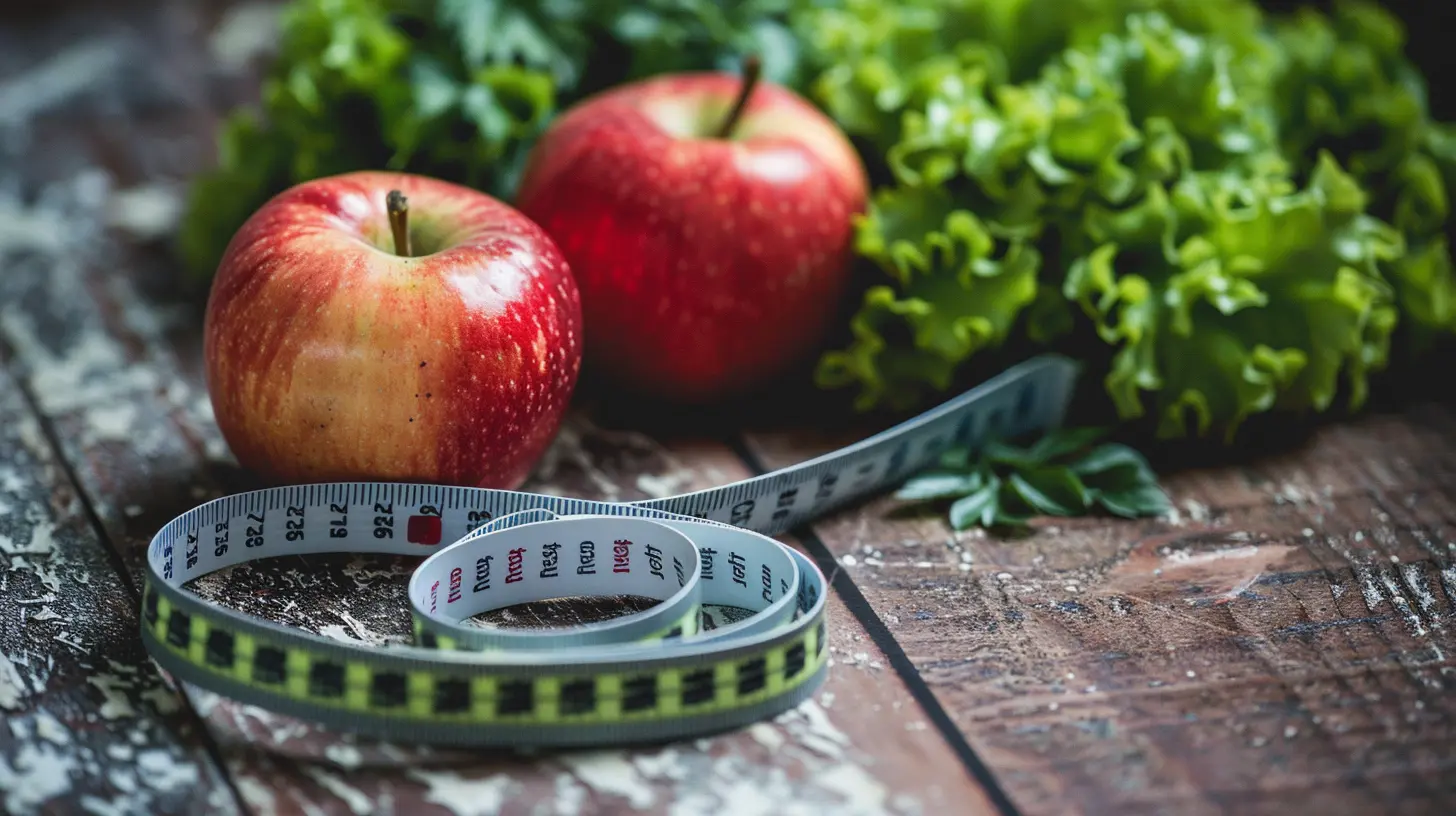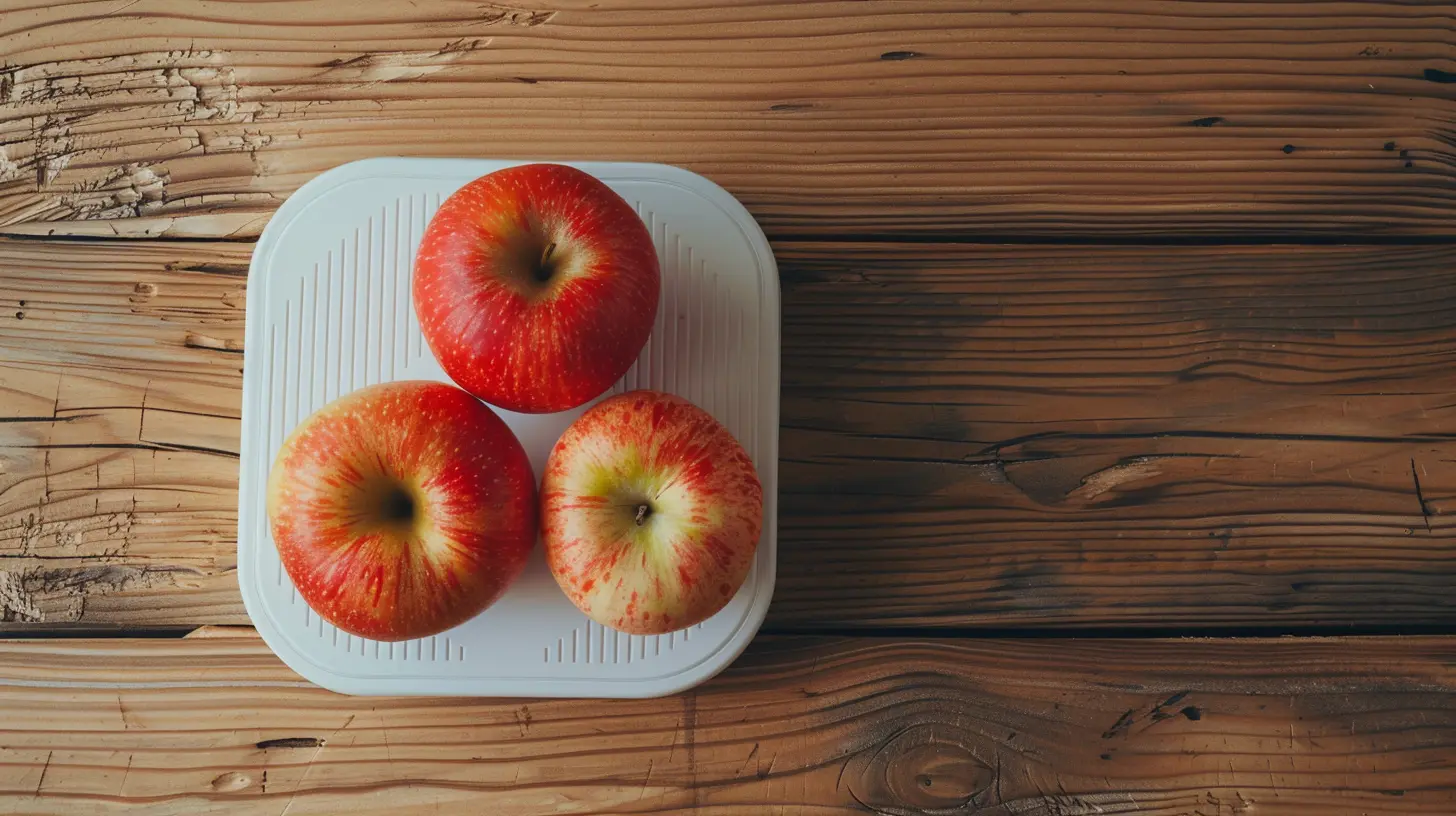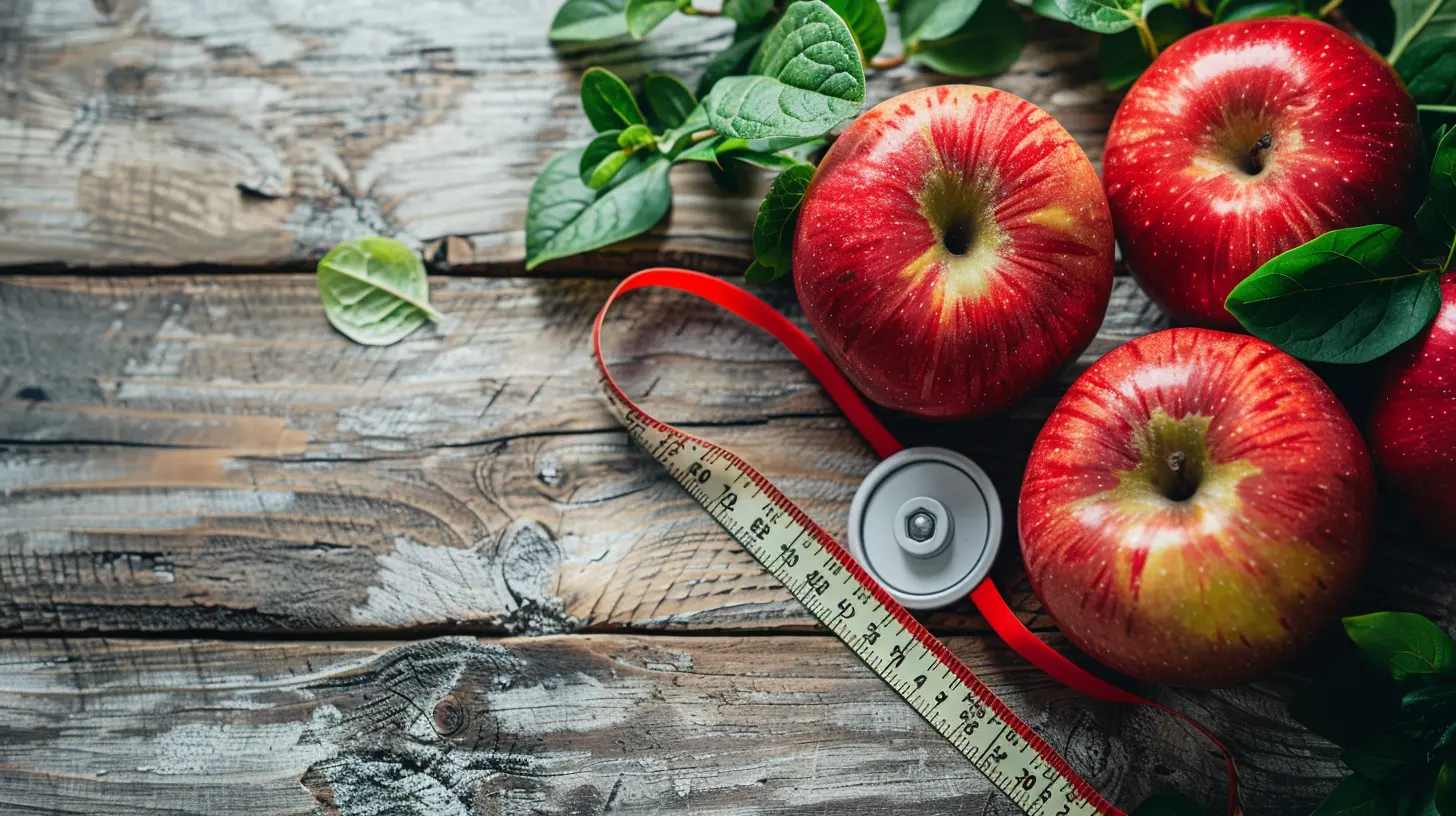24 November 2024
So, you’ve been hitting the gym, eating clean, watching your portion sizes, and the pounds were melting away like ice cream on a hot summer day. But now, all of a sudden, the scale won't budge. It’s frustrating, isn’t it? Don’t worry—you’re not alone. What you’re experiencing is called a weight loss plateau, and it happens to the best of us. The good news is, you can break through it! Today, I’m going to walk you through exactly how to shake things up and get back on track.

What is a Weight Loss Plateau?
Before we dive into the solutions, let’s understand what a weight loss plateau really is. A plateau is when your body stops losing weight despite all your hard work. It feels like your efforts are going into a void. But here’s the thing: it’s completely natural.When you first start losing weight, you shed pounds quickly because you’re losing water weight and using your glycogen stores. But as you continue to lose weight, your body adapts. It becomes more efficient at conserving energy (thanks, evolution), which slows down your progress. In essence, your body is playing defense because it thinks it's starving. Sneaky, right?

Why Do Weight Loss Plateaus Happen?
There are a few reasons why plateaus rear their stubborn little heads:1. Your Metabolism Slows Down
As you lose weight, your resting metabolic rate (the calories you burn at rest) decreases. This means your body needs less energy than when you first started your weight loss journey.
2. Muscle Loss
Losing weight doesn’t always mean you're just losing fat. Sometimes, you lose muscle too. And since muscle burns more calories than fat, losing muscle can affect your metabolism.
3. Caloric Adaptation
Your body gets used to the caloric deficit you’re in. Over time, eating the same number of calories may no longer result in weight loss.
4. Underestimating Calories
Are you truly aware of how many calories you’re eating? Sneaky calories from sauces, dressings, or snacks may be sabotaging your hard work.
5. Lack of Variety in Exercise
Doing the same workouts repeatedly can cause your body to adapt. Once it adjusts, those workouts aren’t as effective at torching calories.
Plateaus stink. But the good news? They’re not permanent. Let me show you how to outsmart them.

How to Break Through a Weight Loss Plateau
Now that we know why plateaus happen, let’s dig into the strategies that’ll help you plow through them like a bulldozer.1. Shake Up Your Workout Routine
When was the last time you switched up your workouts? If you’ve been doing the same exercises day in and day out, your body has probably adapted to them. This is where the saying “shock your system” comes into play.Try incorporating high-intensity interval training (HIIT) into your routine. HIIT alternates between short bursts of intense exercise and recovery periods. It’s great for burning more calories in less time and revving up your metabolism.
Additionally, consider adding weightlifting to your regimen if you aren’t already doing so. Building muscle helps boost your resting metabolic rate, meaning you’ll burn more calories even when you’re Netflixing on the couch.
Pro tip: If you usually run on the treadmill, try cycling or swimming instead. Mixing up your cardio can work wonders.
2. Reassess Your Caloric Intake
Let’s get real for a second: Are you still eating the same number of calories that you did when you were heavier? As your body weight decreases, you need fewer calories to maintain your new weight.Recalculate your daily caloric needs based on your current weight and goals. You may need to adjust your calorie intake slightly lower to re-enter a deficit. But be careful—don’t go too low, or your body might go into starvation mode.
And if you’ve been strictly cutting calories for a long time, consider increasing your intake for a week or so. This is called a refeed day or diet break, and it can help reset your metabolism.
3. Pay Attention to Protein
Protein is your weight loss BFF. Not only does it keep you feeling full, but it also prevents muscle loss, which is vital for keeping your metabolism up. Aim to include protein in every meal—think eggs, chicken, fish, tofu, beans, or a quality protein powder.A good daily target is around 0.8–1 gram of protein per pound of body weight. So, if you weigh 150 pounds, you’ll want to consume about 120–150 grams of protein per day.
4. Track EVERYTHING
Let’s be honest here—are you really keeping track of every little bite and sip? Those “just a taste” moments can add up faster than you think. Try logging your meals and snacks in a food-tracking app, like MyFitnessPal, to get a clearer picture of what you’re actually consuming.While you’re at it, keep an eye on your liquid calories. Fancy coffee drinks, juices, and alcoholic beverages can sneak in hundreds of extra calories without you even realizing it.
5. Manage Stress and Sleep
You might not think stress and sleep have much to do with weight loss, but oh boy, do they ever! Chronic stress increases cortisol levels, which can lead to weight gain (especially around your belly). Meanwhile, lack of sleep messes with your hunger hormones, making you crave junk food.To reduce stress, try activities like yoga, meditation, or even just taking a walk in nature. And when it comes to sleep, aim for 7–9 hours a night. Trust me—your body and mind will thank you.
6. Stay Hydrated
Sometimes your body confuses thirst for hunger. Crazy, right? Drinking enough water can help curb unnecessary snacking and keep your metabolism humming. Plus, proper hydration supports all your bodily functions, including fat loss.How much water should you drink? A good rule of thumb is half your body weight in ounces per day. For example, if you weigh 150 pounds, aim for at least 75 ounces of water daily.
7. Keep an Eye on Hidden Sodium and Sugar
If you’re retaining water and feeling bloated, excess sodium could be the culprit. Check the labels on processed foods, frozen meals, and snacks—you might be surprised by how much sodium they contain.Sugar, on the other hand, can mess with your insulin levels, making it harder to burn fat. Focus on whole, minimally processed foods, and keep indulgences to a minimum.
8. Don’t Obsess Over the Scale
Finally, let’s talk about that pesky number on the scale. I know it’s tempting to weigh yourself every day, but your weight can fluctuate for all kinds of reasons—water retention, hormones, or even the time of day.Instead, focus on non-scale victories like how your clothes fit, your energy levels, or improvements in your strength and endurance. Success isn’t always about the numbers!

Bonus Tip: Stay Patient and Consistent
Breaking through a plateau takes time. Remember, weight loss is a journey, not a sprint. Stay consistent with your habits, keep experimenting until you find what works, and don’t beat yourself up if progress feels slow. Small changes add up over time!Final Thoughts
Weight loss plateaus can be maddening, but they’re also a sign that you’re on the right track. They mean your body is adjusting to your hard work. So instead of throwing in the towel, use these tips to push past the roadblock and come out stronger on the other side. You've got this!And hey, if you ever feel stuck, just remind yourself: even the best GPS needs to recalculate sometimes.










Giselle Lamb
Stay consistent and reassess your routine.
February 3, 2025 at 5:17 AM